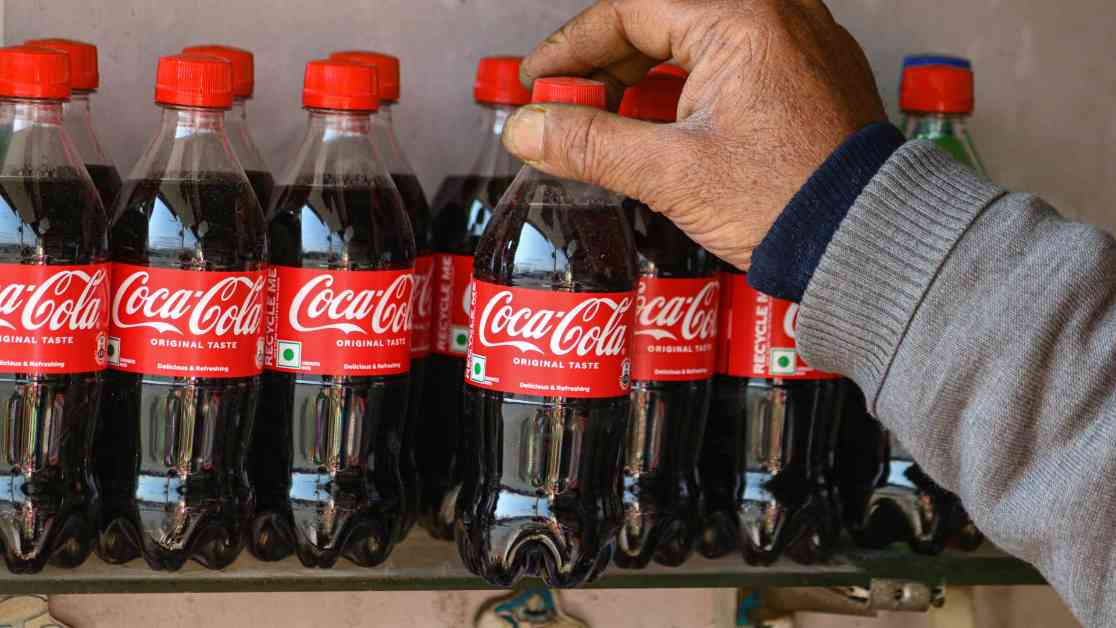Coca-Cola CEO James Quincey recently announced that the company may shift more of its packaging from aluminum to plastic bottles due to the potential impact of President Donald Trump’s newly proposed tariffs. This move comes as a strategic response to potential price increases in aluminum resulting from the tariffs, which are set to increase from 10% to 25% starting next month. Quincey emphasized that the company’s goal is to maintain affordability and consumer demand, and they are prepared to adapt by emphasizing PET (plastic) bottles if necessary.
Quincey’s Response to Tariffs and Potential Impact on Coca-Cola
During the company’s earnings conference call, Quincey addressed the potential financial implications of the aluminum tariffs on Coca-Cola. Despite acknowledging that the tariffs could lead to increased costs for the company, especially given their reliance on aluminum sourced from Canada, Quincey remained optimistic about Coca-Cola’s ability to navigate these challenges.
Quincey emphasized that while the tariffs could impact the cost structure of their packaging, it is unlikely to significantly alter the overall business landscape for Coca-Cola. He highlighted the company’s diverse packaging options as a key strategy to offset any negative effects, suggesting that a shift towards plastic bottles and seeking domestic aluminum sources could help mitigate the impact of the tariffs.
The Sustainability Challenge: Balancing Packaging Choices
The decision to potentially increase the use of plastic bottles raises questions about sustainability and environmental impact. While aluminum is known for its recyclability and is one of the most commonly recycled materials, plastic bottles present their own set of challenges. Despite being lightweight and easily recyclable, PET bottles have a lower recycling rate compared to aluminum.
According to data from the Environmental Protection Agency, the recycling rate of aluminum beer and soft drink cans was 50.4% in 2018, while the recycling rate of PET bottles and jars stood at 29.1%. This discrepancy underscores the need for companies like Coca-Cola to carefully consider the environmental implications of their packaging choices, especially in light of increasing scrutiny over single-use plastics.
Coca-Cola’s recent sustainability goals reflect a broader industry trend towards reducing environmental impact and increasing recycling efforts. However, the company faced criticism from environmental groups like Greenpeace for its excessive use of single-use plastics. Despite efforts to increase the use of aluminum packaging, Coca-Cola has struggled to meet sustainability targets, leading to a revision of its goals to include a lower percentage of recycled material in packaging by 2035.
In conclusion, the potential shift towards plastic packaging by Coca-Cola in response to aluminum tariffs highlights the complex interplay between economic considerations and environmental sustainability in the beverage industry. As companies navigate these challenges, finding a balance between cost-effective packaging solutions and sustainable practices will be crucial to meeting consumer demands and regulatory requirements in the years to come.



















